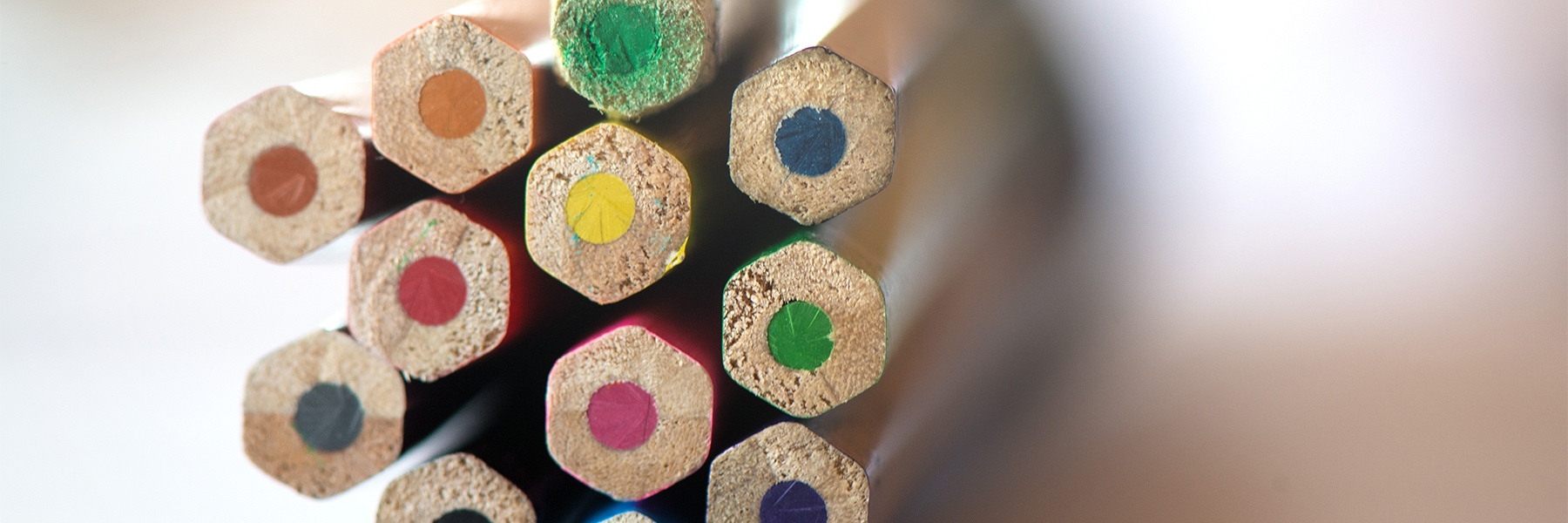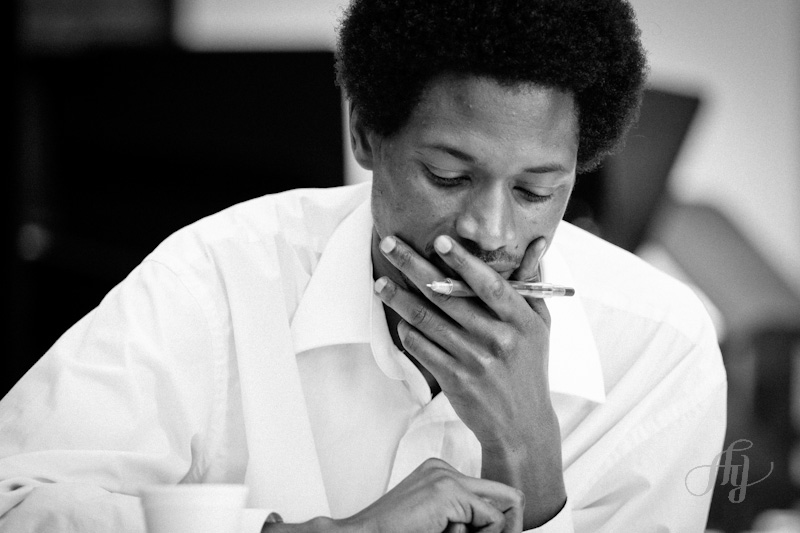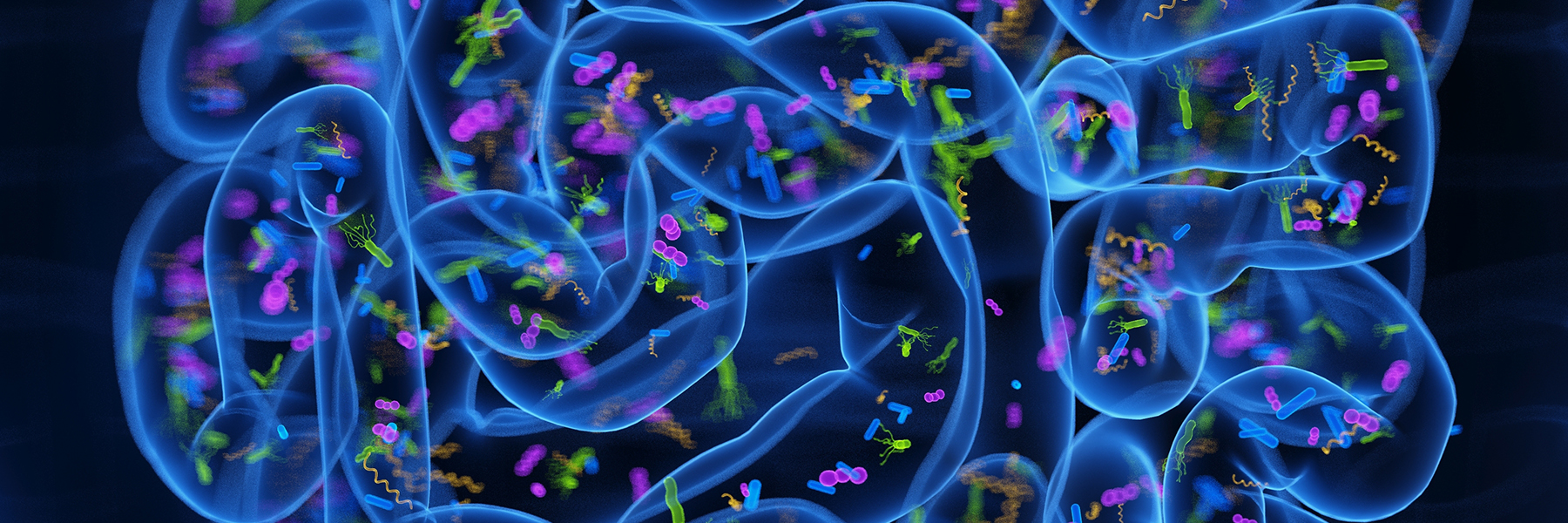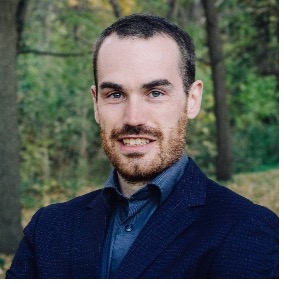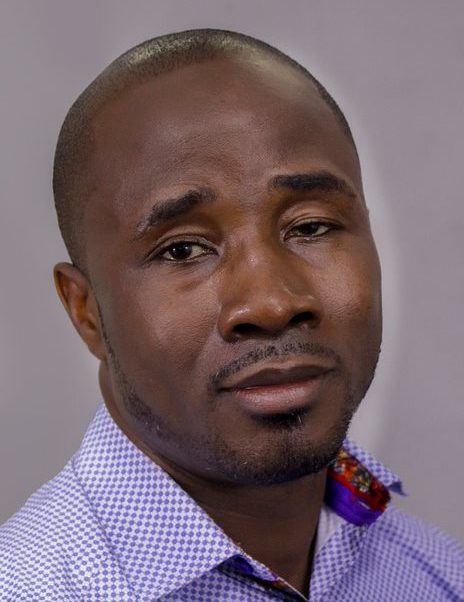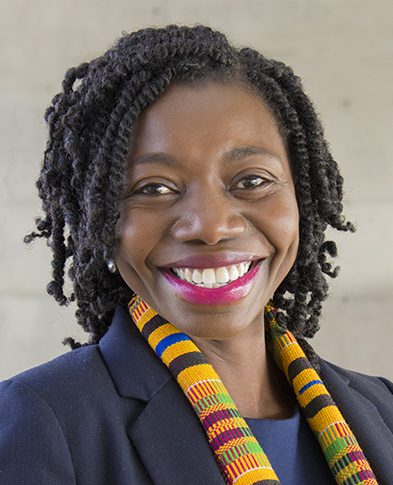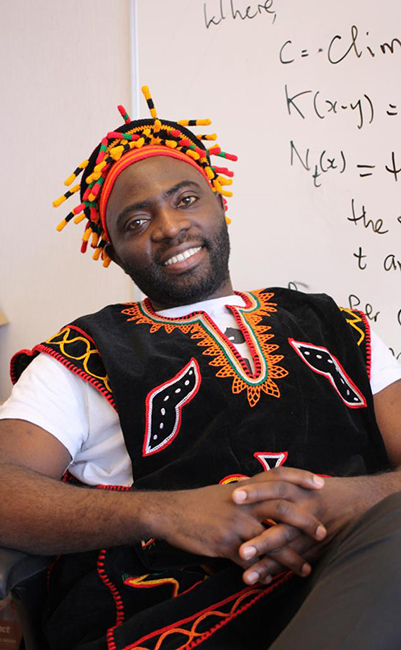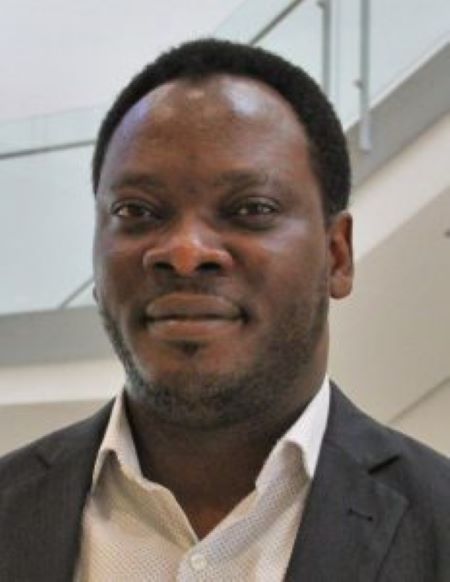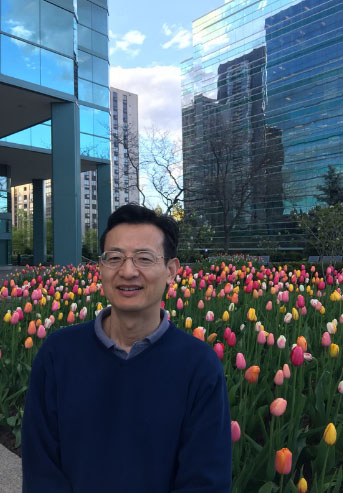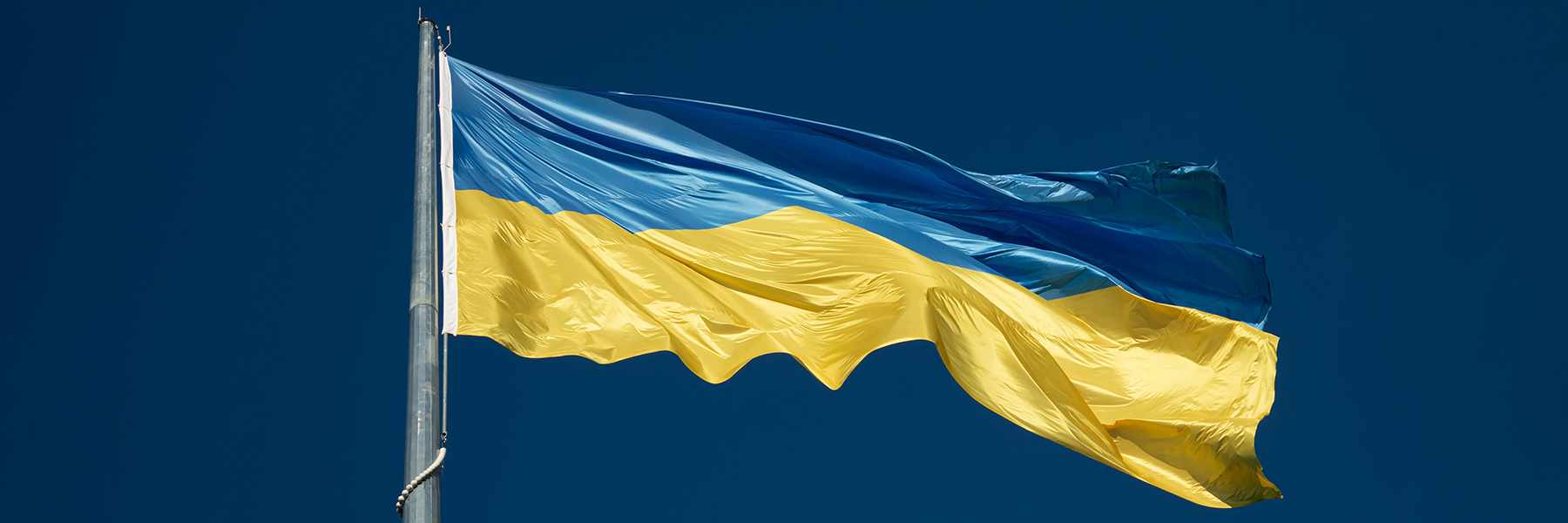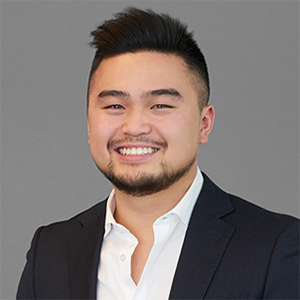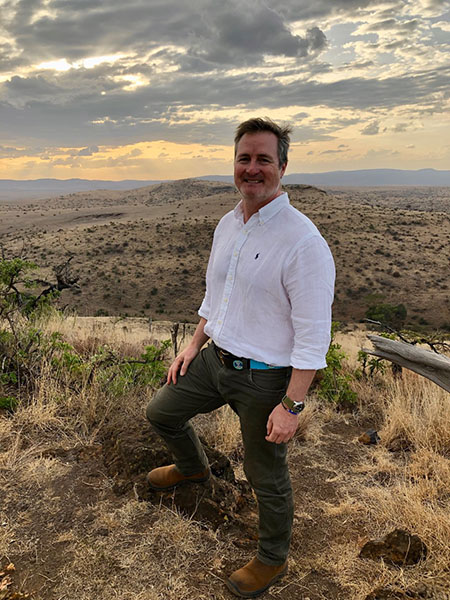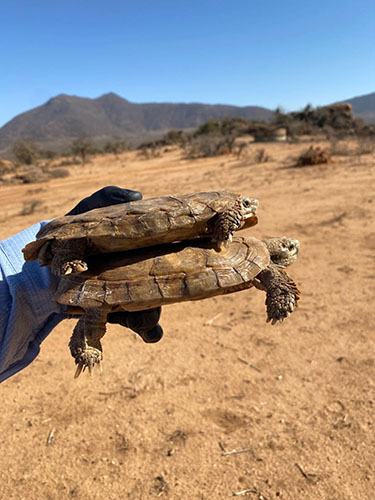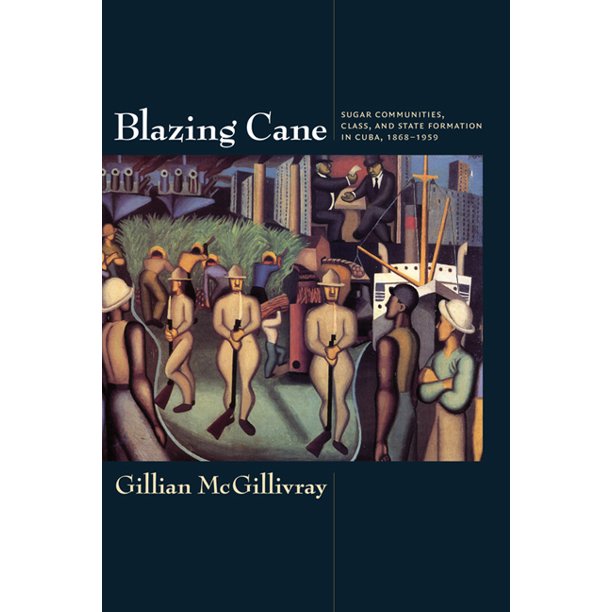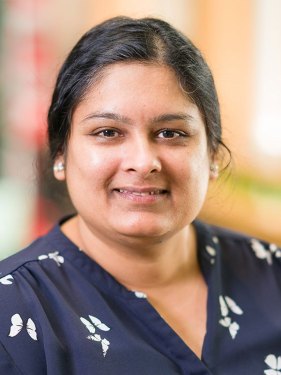By Elaine Smith
If Marissa Largo needs confirmation that becoming an academic was a wise career move, she can simply look at the two awards she won in November at the 2022 Galeries Ontario/Ontario Galleries Awards gala, celebrating the outstanding achievement, artistic merit and excellence of arts institutions and professionals in the public gallery sector.
After only one year at York, where she is an assistant professor of creative technologies in the School of Arts, Media, Performance & Design, Largo won the Exhibition Design and Installation (Budget over $20,000) award for her curatorial project at the Varley Art Gallery of Markham, Elusive Desires: Ness Lee + Florence Yee. Largo also took home the award for Curatorial Writing, Text Between 2,000 and 5,000 Words, for her essay about the show, “Elusive Desires: Queer Feminist Asian Diaspora and Suburban Possibilities.” She was also a finalist for Best Exhibition, Budget over $20,000 (Thematic).
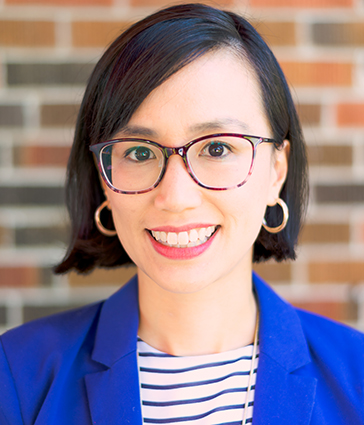
“It is truly an honour to be recognized by my peers in public art galleries,” Largo remarks. “It is equally wonderful to do this critical curatorial work and to have it widely appreciated.
“Curatorial work is a form of research and York University has a capacious understanding of what knowledge production can be.”
Largo, an alumna of York’s undergraduate Visual Arts and Education programs, began her career as a secondary school art teacher over a decade ago. As one of the few teachers of Filipino descent in a school board with a large Filipino population, Largo had many questions about lack of representation in certain fields such as education and art. This prompted Largo to learn more about social justice, the topic she pursued for her PhD at the University of Toronto. She was considering whether to remain in the secondary school system when the pandemic hit.
“I thought it might be time to pivot in order to mentor other racialized leaders to become professors, artists, educators and curators so they may assert their presence in Canada,” she says. “Being at York University allows me to effect change on a grander scale.”
Prior to joining York University, Largo was an assistant professor at NSCAD University and a sessional instructor at OCAD University.
Largo’s research, her curatorial work and her art criticism focus largely on the Asian diaspora in Canada and its intersections with race, gender and settler colonialism. Her PhD thesis forms the basis for a forthcoming book Unsettling Imaginaries: Filipinx Contemporary Artists in Canada (University of Washington Press) examines the art and oral histories of four Filipinx artists who are asserting their presence in Canada and pushing back against colonialism with their work.
“The Filipinx artists of my study offer radically different alternatives to national belonging,” Largo says.
She appreciated the juxtaposition of curating a show of Asian diasporic artists in a gallery named for Frederick Varley, a member of the Group of Seven.
“Unionville, where the Varley is situated, celebrates its settler heritage through its preserved Victorian style architecture,” Largo says. “Differences of race, class, and gender are obscured to promote a quaint, picture-perfect milieu. The artists of Elusive Desires not only point to the omissions in the Canadian cultural archive, but they create a space for belonging in this context.”
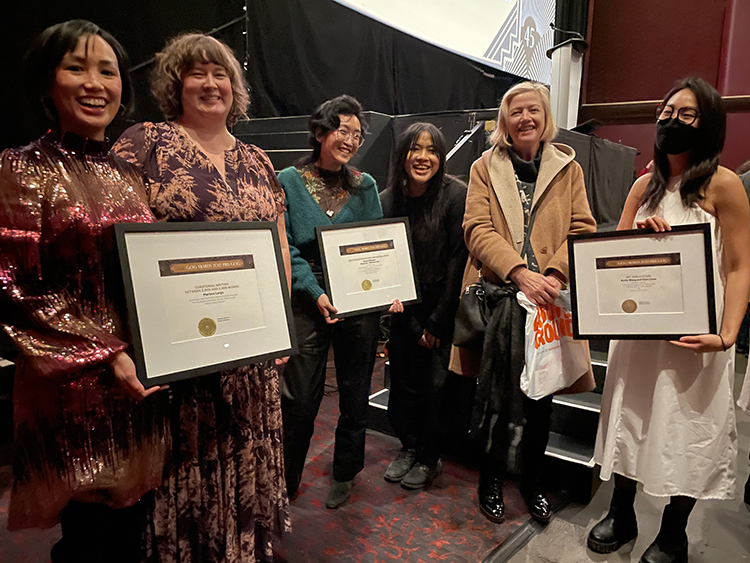
Meanwhile, Largo is successfully carving out her own space for belonging at York. This past summer, she curated an exhibition titled X Marks the Spot: Filipinx Futurities at the Gales Gallery on the Keele Campus. She paired three established Filipinx artists with three emerging Filipinx artists, including two York students.
“Their work connected and diverged in compelling ways, which guided my curation,” Largo says. “These partnerships also acted as a method of mentorship. I am thrilled to mentor the next generation of Asian diasporic scholars and artists, so our knowledges, cultures, and histories may be recognized for their importance and vitality.”


